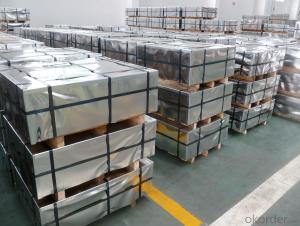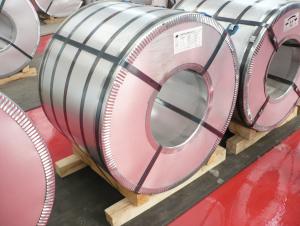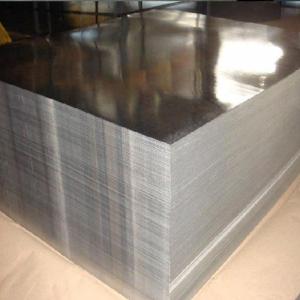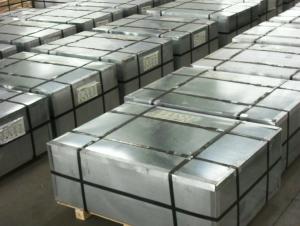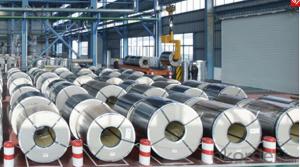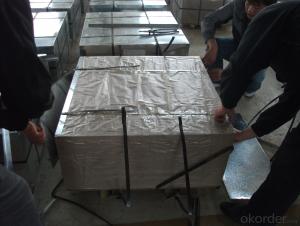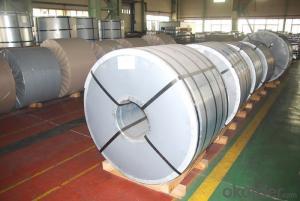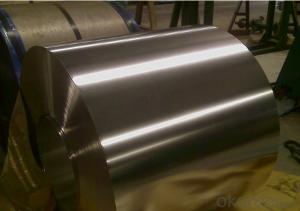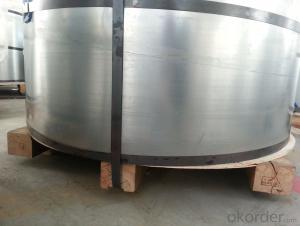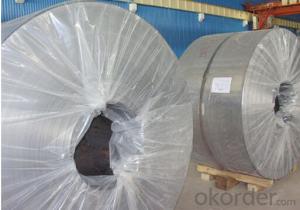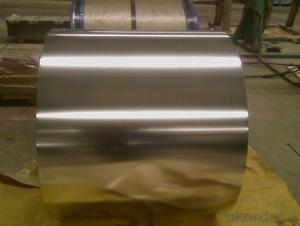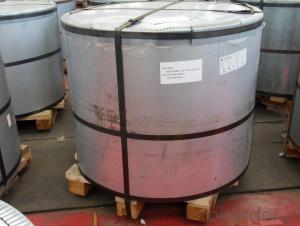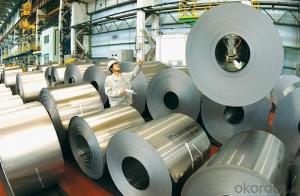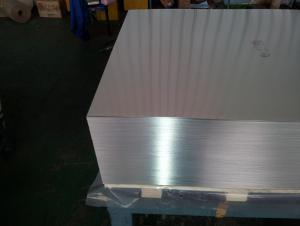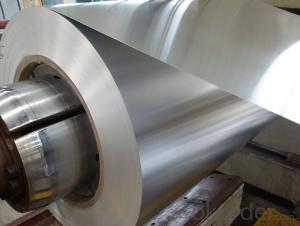Lionel Prewar Tinplate
Lionel Prewar Tinplate Related Searches
4 By 8 Plastic Sheets Thin Plastic Sheets Flexible Tinplate Coil Quotes Tinplate Iron Clear Plastic Sheets Hard Plastic Sheets 4X8 Lightweight Plastic Sheets Wavy Plastic Sheets White Plywood Sheets Poly Styrene Foam SheetsHot Searches
Tinplate China Tinplate Stock Price Tata Tinplate Price List Tinplate Price Trend Tinplate Nse Share Price Tinplate Price Chart Tinplate Share Price Nse Tata Tinplate Share Price Tinplate Share Price Today Tinplate Share Price Bse Tinplate Price Tinplate Share Price Tinplate Coil Manufacturers Tinplate Sheet Suppliers Food Mixer Sale Tinplate Factory Tinplate Production Tinplate Products Ltd Tinplate Products Tinplate Can ManufacturersLionel Prewar Tinplate Supplier & Manufacturer from China
Okorder.com is a professional Lionel Prewar Tinplate supplier & manufacturer, offers integrated one-stop services including real-time quoting and online cargo tracking. We are funded by CNBM Group, a Fortune 500 enterprise and the largest Lionel Prewar Tinplate firm in China.Hot Products
FAQ
- Tinplate stands out among other packaging materials in terms of brand recognition due to its unique and timeless appeal. Its classic metallic appearance and durability evoke a sense of quality and nostalgia, making it highly recognizable and associated with premium brands. Additionally, tinplate allows for intricate and vibrant designs, ensuring that brands can effectively showcase their logos and visuals, further enhancing brand recognition.
- The typical cost considerations for tinplate packaging include the cost of raw materials, manufacturing and labor costs, production volume, design complexity, customization requirements, transportation costs, and any additional finishing or coating expenses.
- Tinplate is known for its exceptional durability and longevity. The tin coating provides excellent corrosion resistance, preventing the metal underneath from rusting or deteriorating. This makes tinplate highly suitable for packaging purposes, as it can protect the contents for an extended period. Additionally, tinplate's sturdy construction ensures it can withstand mechanical stress and maintain its integrity over time, further enhancing its durability and longevity.
- Tinplate is typically coated with water-based paints through a process called electrostatic spraying. The tinplate is first cleaned to remove any impurities and then coated with a primer to enhance adhesion. After that, the water-based paint is applied using an electrostatic spray gun, which positively charges the paint particles to attract and adhere to the negatively charged tinplate surface. This method ensures an even and durable paint coat while minimizing environmental impact compared to solvent-based paints.
- Tinplate contributes to the overall aesthetics of packaging by providing a sleek and shiny appearance. Its smooth surface allows for vibrant and high-quality printing, enhancing the visual appeal of the packaging. Additionally, tinplate's durability and ability to maintain its shape and color over time add to the overall attractiveness of the packaging, making it eye-catching and desirable to consumers.
- Tinplate contributes to the resistance of marine equipment by providing a protective coating that prevents corrosion and rusting. The tin layer acts as a barrier, shielding the underlying metal from the corrosive effects of saltwater and other environmental factors, thereby increasing the longevity and durability of the equipment in marine environments.
















